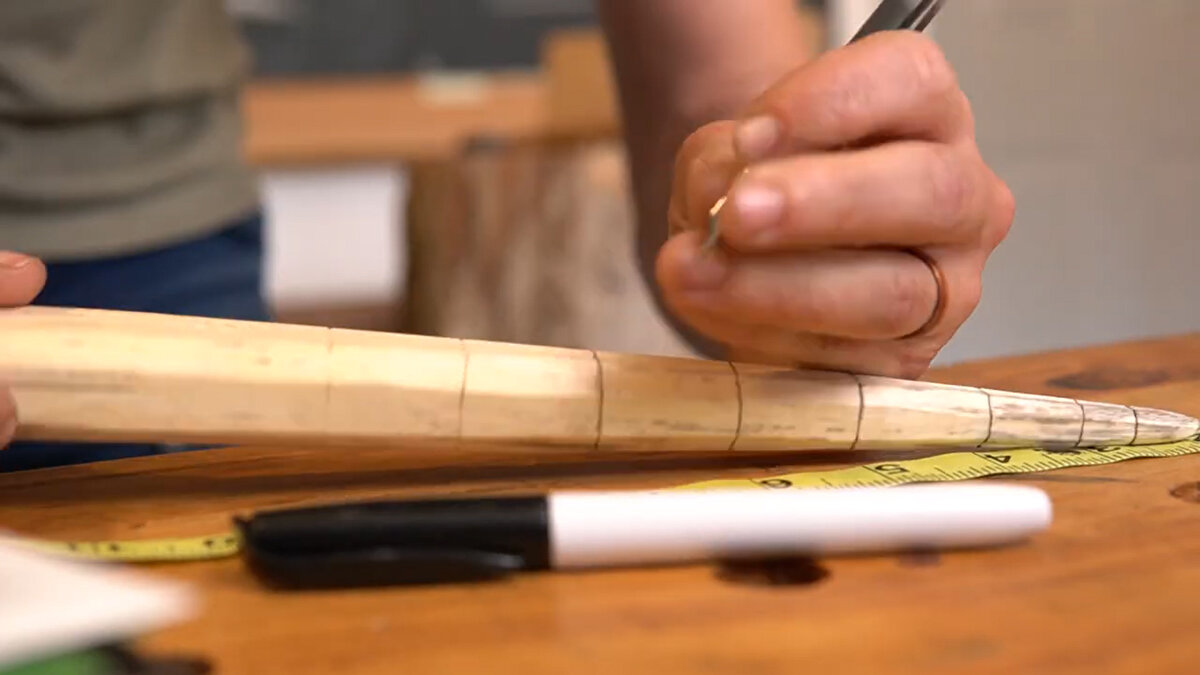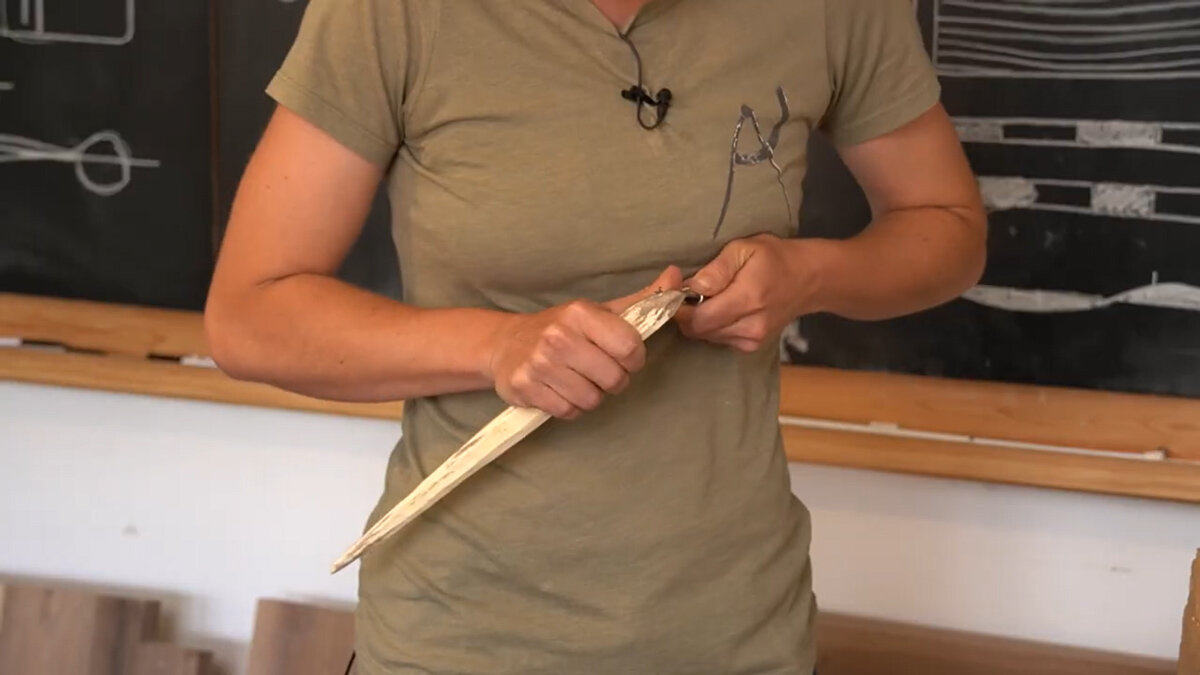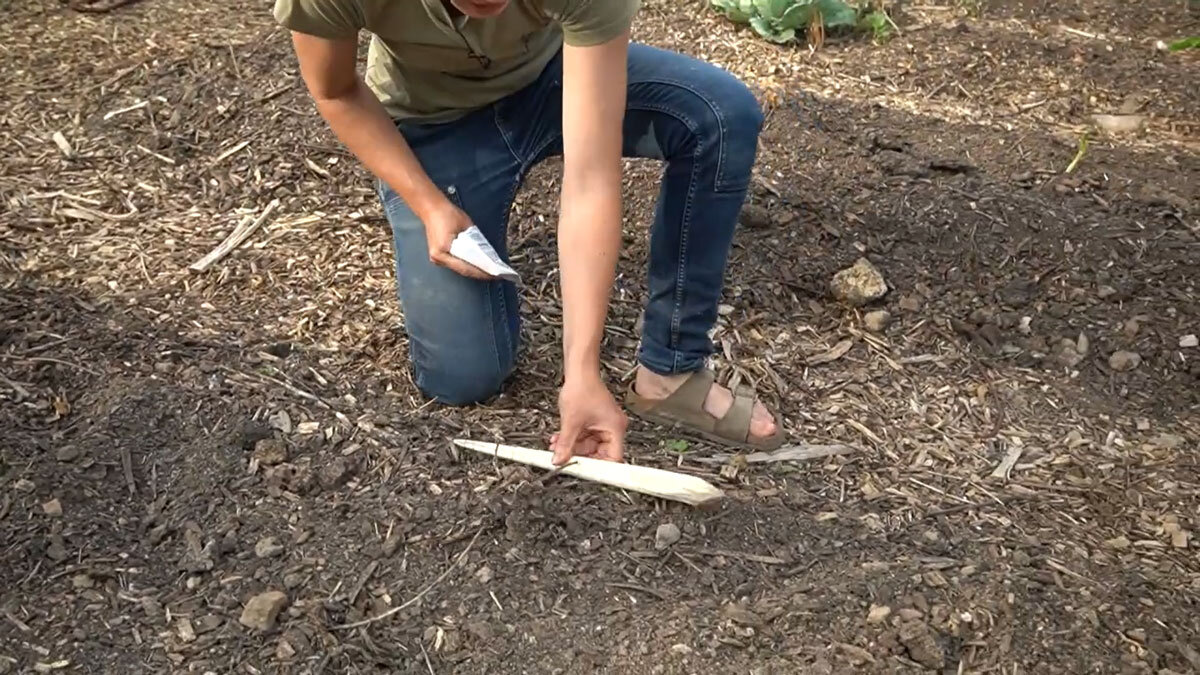Seeds to Plant in July (Mid-Summer)
It’s not too late to plant some seeds! Here’s a list of all the seeds you can still plant (and harvest) in July, even as late as early September in some areas! Plus many of my helpful gardening tips to grow a reap a bountiful harvest this summer.
If you’re like me and summer got away from you, you may find yourself wondering if it’s too late to plant a garden! Fear not! Unless you’re less than five weeks out from getting snow, there’s still time to get some seeds in the ground and harvest some crops before winter!
Though I would love to be the type of gardener that has a perfect garden plan, meticulously plotted out week by week, what I’m going to plant, when and where this isn’t the reality!
Aside from actually getting your seeds in the ground, you also may want to check out this post on how to fix your soil. Having good quality soil means your crops will grow and produce faster, so when we’re already behind on planting, soil is a key factor.
Another quick tip for growing crops quickly is to use my homemade compost tea recipe and possibly even build some raised beds with polycarbonate tops for a greenhouse effect to extend your season.
First & Last Frost Dates
First things first, it’s imperative to know your first and last frost dates. With a quick Google search on first and last frost dates, you should easily be able to find out yours. Here in Tenessee my last frost date is April 12th and my first frost date is October 10th.
At the time of this post, it’s currently the middle of summer so I’ve missed the early season of planting. However, I still have 108 days until the first frost, so looking at the back of my seed packets I should be able to tell what seeds I can still plant (or not!).
How to Read Seed Packets
Using the information that’s on the back of the seed packet is the best way to determine what you can plant, where to plant it, and whether you still have enough time to harvest the crops before winter. You’ll want to know the following information to determine if you can still plant that particular seed or not.
Days to Harvest (or Maturity)
Ideal Temperature for Germination
Planting Location
How Deep to Plant the Seeds
Seed Spacing
How Much Water?
Make “Yes”, “No”, and “For Fall” Piles
Using the information above, take a look at the seed packets of the crops you’d like to plant. Then, divide the packets up into three piles. Yes: OK to plant. No: Too late to plant. For Fall: Too warm to plant now, but still time to get a planting later on in the summer.
Cucumbers
Let’s take cucumbers as an example. The back of the seed packet says they take 52 days to maturity which means I have enough time for two more plantings before winter. The ideal temperature for germination is 75-85 degrees F which is exactly where we are right now. Cucumbers also want full sun, which I have space for in my garden, so cucumber seeds go into the “Yes” pile.
Spinach
I also happen to have a packet of spinach seeds, so after flipping over the seed packet to gather my information, I realized that spinach, although only taking 30-40 days to harvest, it wants to be planted in 55-65 degrees. So although it’s too hot to plant spinach right now, I’ll put those seeds in my “For Fall” pile and come back in a month or two to plant those seeds.
Making a Dibbler
One of my favorite gardening tools is called a Plant Dibbler, it is a one-foot piece of wood that’s been carved into a long, skinny cylinder post that’s tapered. It has markings around the post to show planting depth, and because the Dibbler is one foot in length, it makes measuring plant spacings so much easier.
Watch my video above to see how I use my Dibbler for quick planting!
If you’ve ever wanted to learn more about woodworking or how to carve your own spoon, be sure to check out the Skillshare course that my business partner Josh Nava and I put together.
Planting a Garden
I’m not going to go into too much detail on how to plant a garden. I’ve covered this topic many times on my YouTube channel in the following videos, so if you’re looking for more gardening tips, this is the place to look:
Plant it and FORGET IT (Self-Watering Garden)
Bottom line, you need soil, water, and sunlight for a successful garden. But if you’re new at gardening, I always say just get some seeds in the ground and start learning!
10 things you can plant right now and still get a summer harvest:
1. Cucumbers
2. Chard
3. Cabbage
4. Broccoli
5. Brussels Sprouts
6. Cauliflower
7. Beans (I prefer bush varieties)
8. Heat Tolerant Lettuce
9. Squash
10. Zucchini
Plant Starts
If your local nurseries still have plant starts available, this is a fantastic way to make up some of the lost time from not getting your seeds in the ground earlier.
This is a great way to make up lost time with plants like tomatoes, peppers, eggplants, and other nightshades because they can make more roots deep down in the soil.
However, some plants like cucumbers and zucchini don’t like to be transplanted, so start them from seeds. The benefit of these plants is they take less time to maturity, so you’re probably still ok!
Plant and Water in the Evening
Another tip when planting seeds, transplanting starts, or even just watering your garden is to do so in the evening. This saves the sun pressure from being on the garden and drying out the soil. It will give the soil all day to heat up and then to have this moist environment for the seed to germinate.
One other mistake gardeners often make is that they water too much. We want the garden soil to be like a moist sponge. If you squeeze it you can get a few drops out of it, but we don’t want so much water that you can squeeze a lot of water out of that soil.
Check out my video “Stop Watering Your Garden” for more watering tips!









